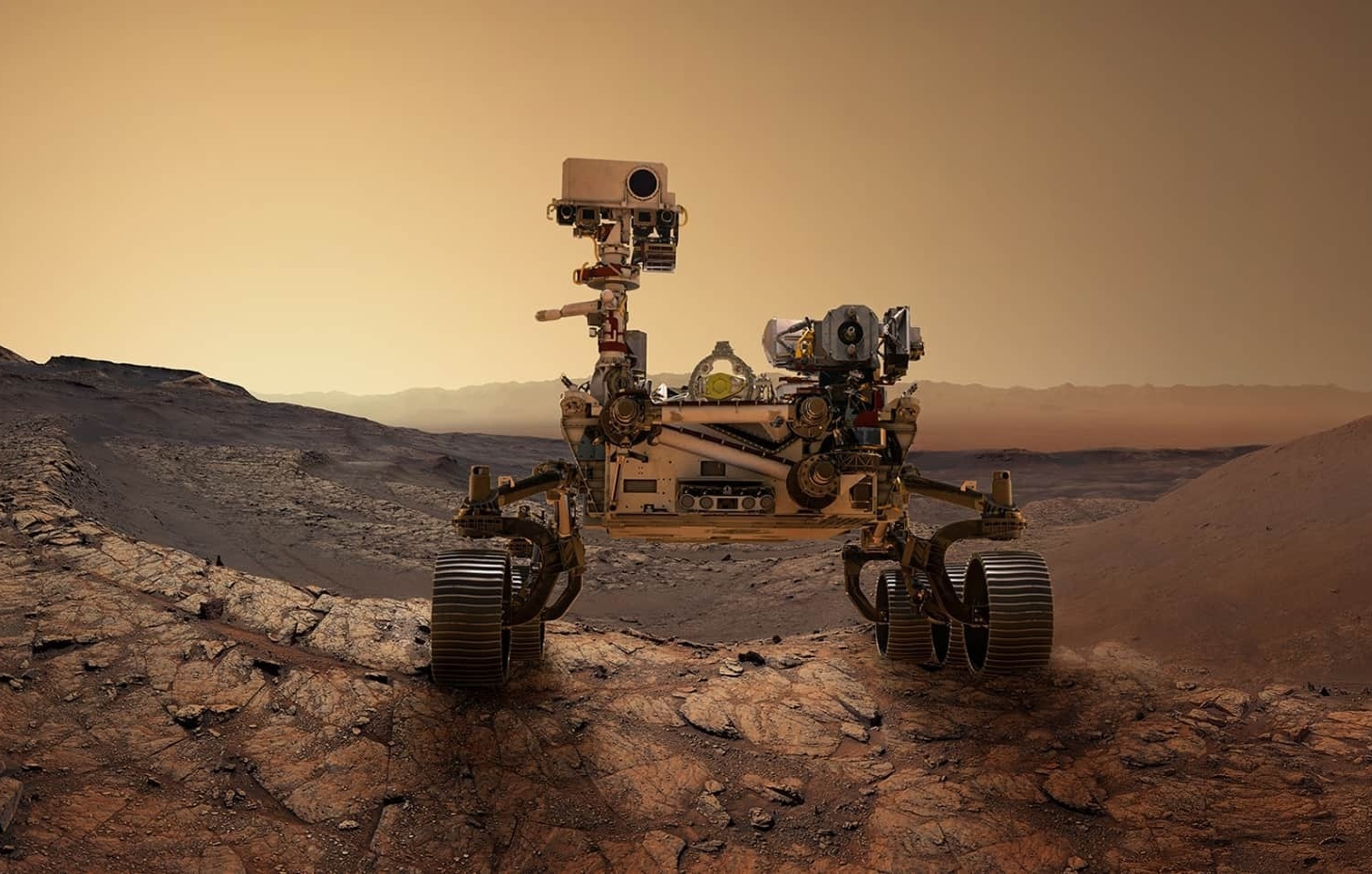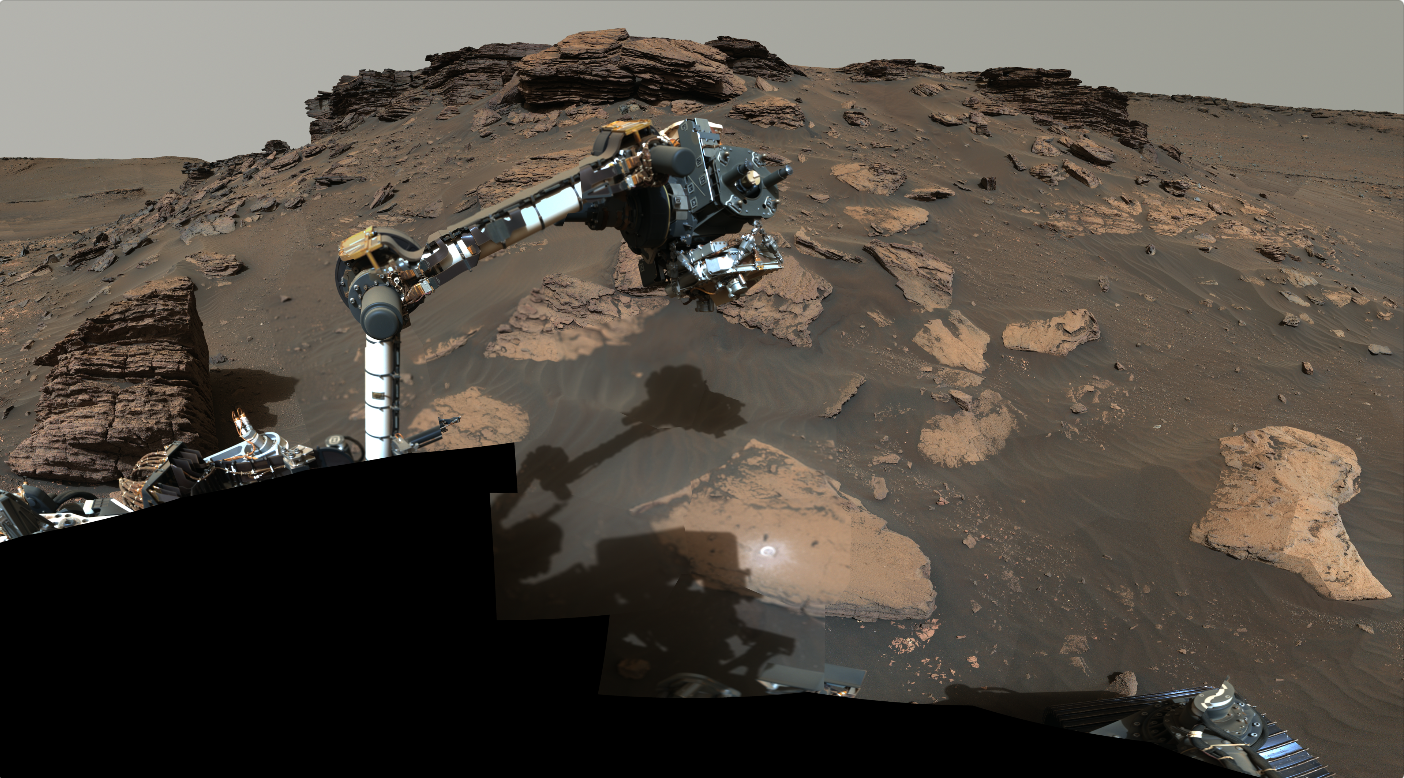The current Mars rovers Curiosity and Perseverance are actively looking for evidence of the possible existence of microbial life on the Red Planet. But a new study shows that all attempts by spacecraft to detect life on Mars may be useless, because the laboratory capacity on board is simply not enough to identify tiny signs of organic matter.

The Viking orbiters that NASA sent to Mars almost half a century ago found that the Red Planet had liquid water on its surface at the beginning of its history, about three to four billion years ago. Later missions confirmed these findings. This discovery suggested that microorganisms could once exist on a wet planet.
However, two NASA Viking landers have not detected unambiguous natural organic chemicals in the Martian soil, even at levels of one part per billion. The newest and most advanced instruments of modern NASA Curiosity and Perseverance rovers have found only traces of simple organic molecules in ancient lakes and river deltas. But these compounds are not reliable proof of life – they could have been created by ordinary geological processes.
What is the problem of finding life on Mars?
The exact reason for the lack of evidence of life on Mars remains unknown. Either the Red Planet has always been barren, or the probes sent there are not sensitive enough to detect any complex organic compounds. To help solve this mystery, scientists tested instruments that could be sent to Mars along with highly sensitive laboratory equipment.
To identify the problem, the researchers analyzed rock samples in the Atacama Desert in Chile, one of the oldest and driest deserts on Earth. These deposits, formed in very arid conditions from about 100 to 160 million years ago, are very similar to the Martian crater Jezero, which Perseverance is currently exploring.

Modern laboratory methods used by scientists have discovered a mixture of biochemical substances from both extinct and living microorganisms. About half of the DNA sequences come from the “dark microbiome”— that is, microbes that researchers have not yet properly described. But to detect such biosignatures, a device is needed that is 10 times more sensitive than the instruments on Curiosity and Perseverance.
These findings indicate that it would be extremely difficult, if not impossible, for Martian probes to detect various types of organic matter expected on the Red Planet at all, if microbial life really existed there billions of years ago.
Answer in the Mars Sample Return mission
The researchers suggest that the upcoming missions to Mars should be aimed at returning samples from Mars to Earth, where they will be able to undergo more accurate verification with the help of modern equipment that scientists have to help solve the mystery of whether life ever existed on Mars. NASA and the European Space Agency are aiming to do just that with the Mars Sample Return mission in 2033.
Earlier we reported on how Perseverance on Mars produced a record amount of oxygen.
Follow us on Twitter to get the most interesting space news in time
https://twitter.com/ust_magazine
